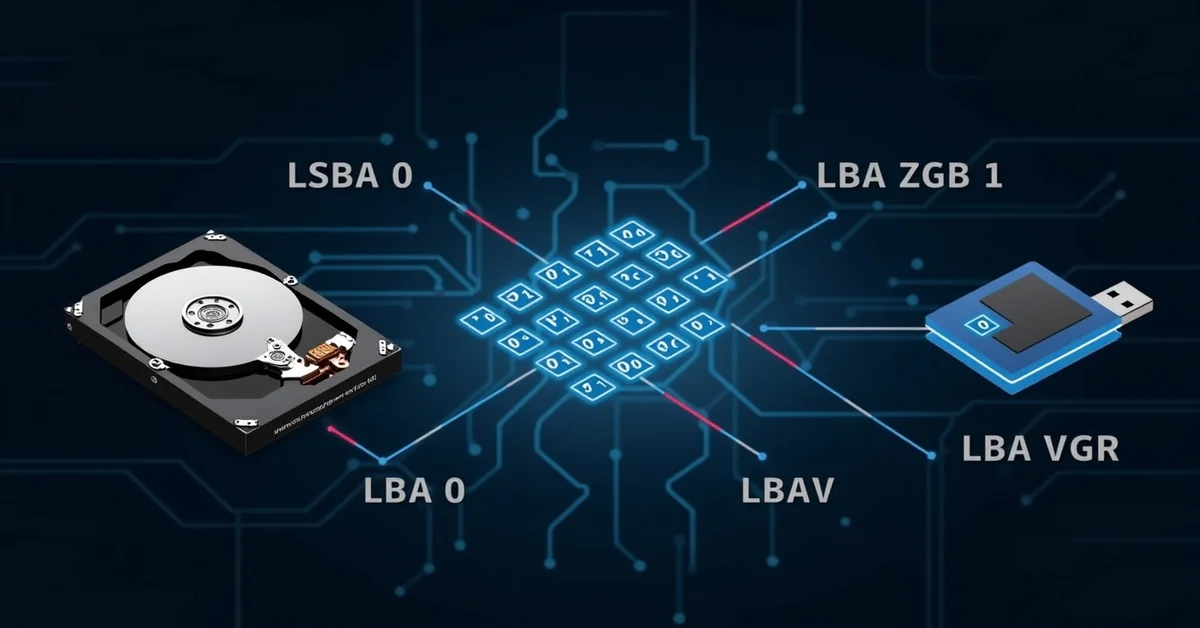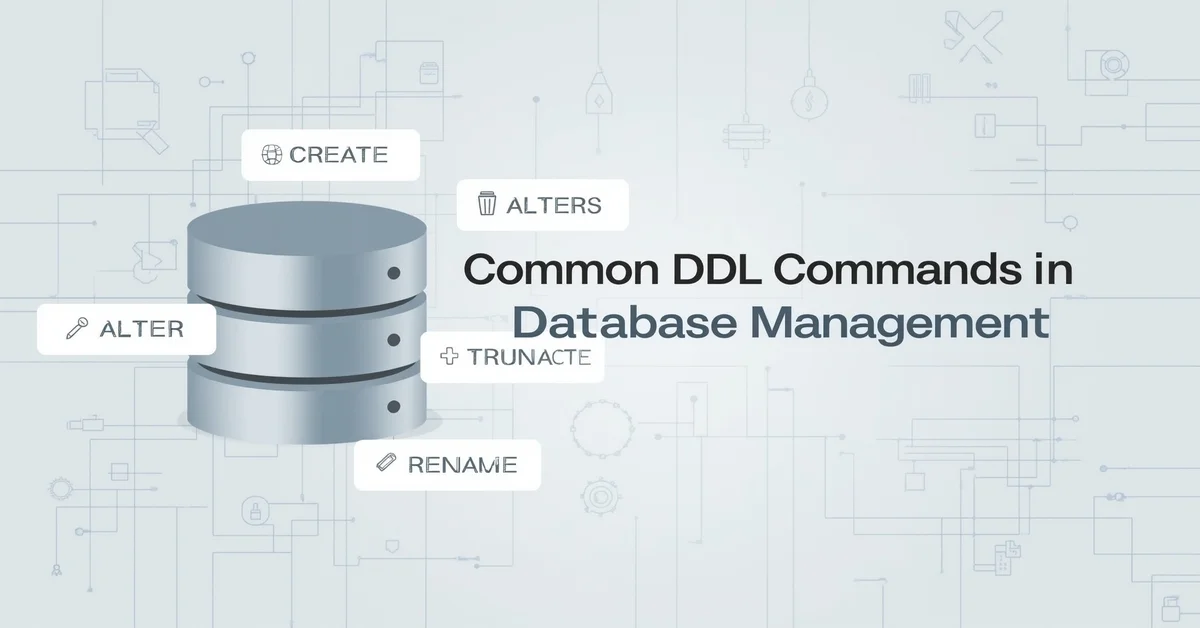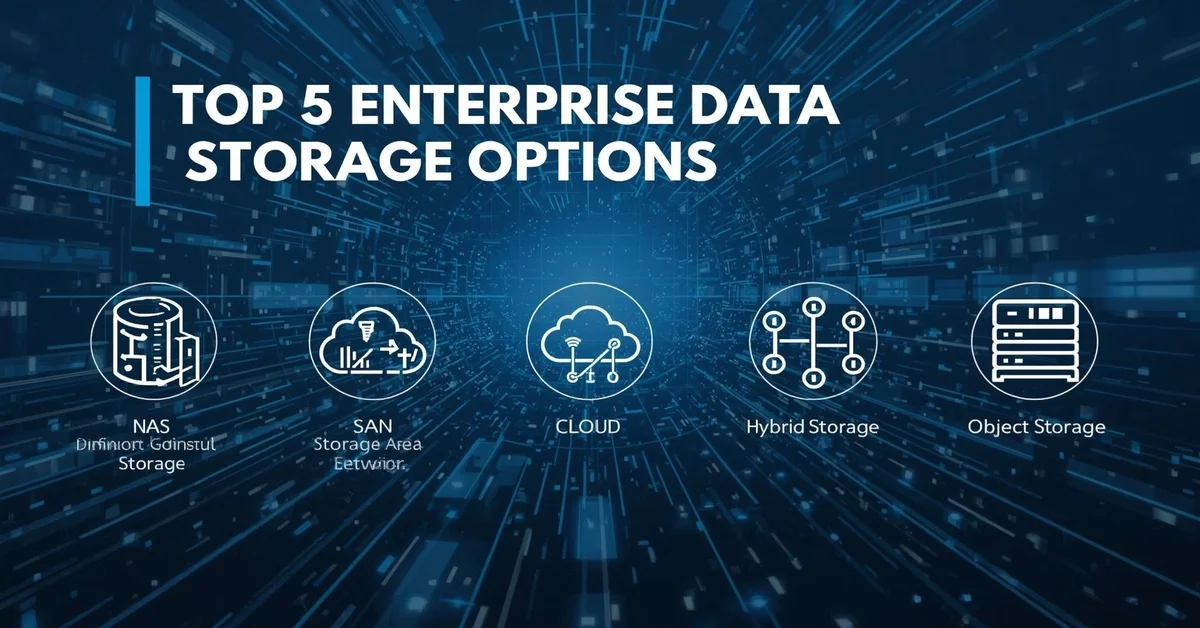If you’ve ever looked into how computers store data on hard drives, solid-state drives, or flash memory, you’ve probably come across the term LBA. It stands for Logical Block Addressing, and it’s a method computers use to organize and access data on storage devices. While it may sound technical, it’s a simple concept once broken down.
Why LBA Exists?
To understand LBA, let’s take a step back and think about how data was originally stored on hard drives. Older systems used something called CHS: Cylinder, Head, Sector. This method relied on the physical layout of the drive to access data. For example, to read a file, the system needed to know which cylinder (a ring of data on a disk platter), which head (reading mechanism), and which sector (a small unit of storage) to use.
As storage devices grew larger and more advanced, the CHS method became outdated. It was too complicated and limited in terms of the number of addressable locations. That’s where Logical Block Addressing came in. It changed the game by making data access simpler and more flexible.
What is Logical Block Addressing?
Logical Block Addressing (LBA) defines a system through which computers identify the exact position of data blocks within a storage device using numerical references. Unlike the older CHS method, which depended on physical drive geometry, LBA uses a straightforward system where each data block is identified by a unique number, beginning at zero and incrementing by one for every subsequent block. Typically, each data block in a storage device measures either 512 bytes or 4096 bytes, depending on the system’s configuration and the storage format.
Example
You can imagine it similar to how page numbers work in a book, each block has a number, making it easier for the system to find and manage data. Instead of saying, “Go to the third paragraph on page 47,” you just say, “Go to block 1024.” It’s easier, cleaner, and more efficient for the computer to handle.
How does LBA work?
Whenever you save a file, the operating system automatically divides it into manageable sections known as data blocks, ready to be stored efficiently. It then tells the storage device, “Store these blocks at LBA numbers 1200 to 1250,” for example. Later, when you want to open the file, the OS just tells the drive to fetch those same block numbers.
This system works across different types of storage devices:
- Hard Disk Drives (HDDs): These still have physical platters and heads, but LBA hides that complexity.
- Solid-State Drives (SSDs): These contain no mechanical parts; the use of Logical Block Addressing is especially suitable, enabling rapid and precise data access.
- USB Drives and Flash Storage: These also use LBA for quick and easy access to data.
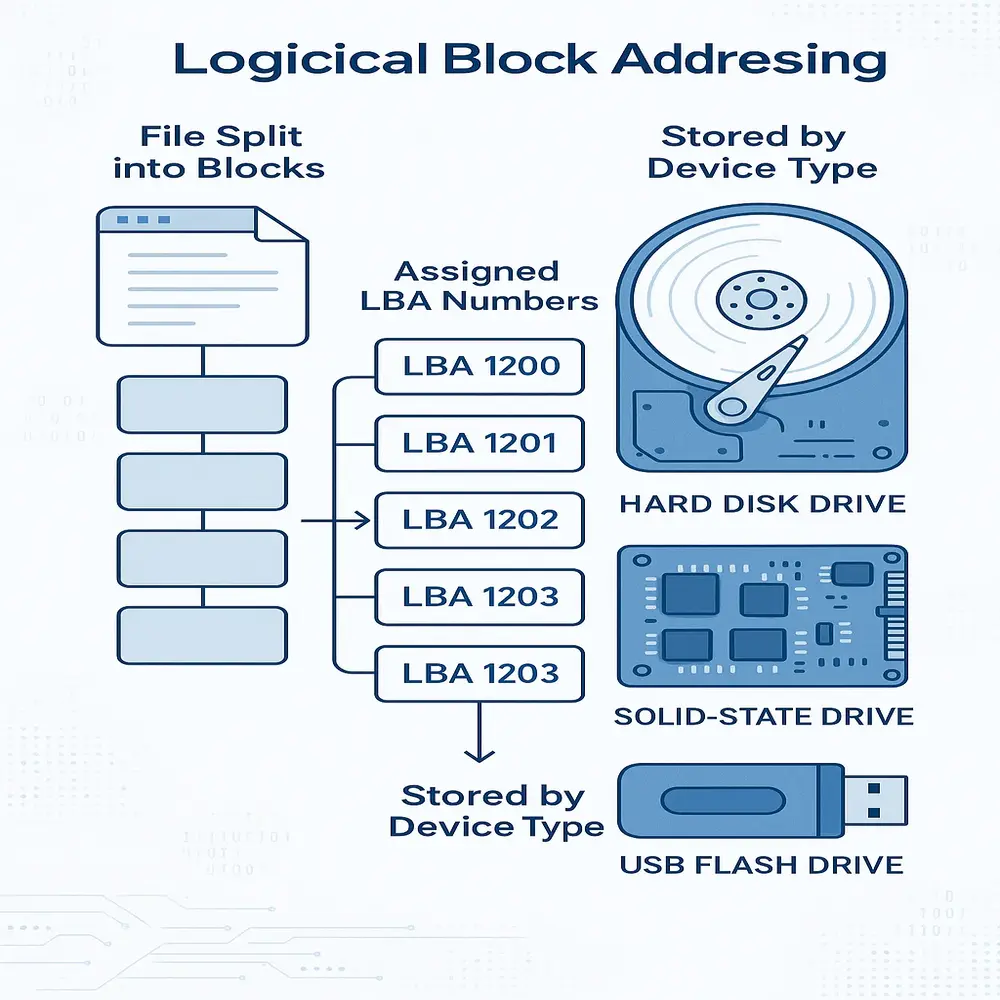
Advantages of LBA
There are several reasons why Logical Block Addressing became the standard for data addressing in storage devices. Let’s look at the key benefits:
- Simplified Addressing: LBA makes it easy to refer to blocks using numbers instead of physical positions.
- Greater Compatibility: LBA works across different types of drives and operating systems.
- Scalability: It allows support for much larger storage sizes compared to CHS.
- Speed and Efficiency: Computers can locate and retrieve data faster with LBA because they don’t need to convert logical addresses into physical ones.
Sector Size and LBA
Most drives used to operate with 512-byte sectors, meaning each Logical Block Addressing unit pointed to 512 bytes. However, as file sizes and storage demands increased, drives moved toward Advanced Format, which uses 4096-byte (4KB) sectors. This advancement improves storage efficiency and significantly reduces the likelihood of data-related errors during read and write operations.
The LBA system still applies, but each number now points to a larger chunk of data.
LBA and File Systems
LBA works hand-in-hand with the file system. The file system (like NTFS, FAT32, exFAT, or ext4) decides how to organize files, and it uses Logical Block Addressing numbers to keep track of where data is stored. When you open a file, the file system checks its list of LBA addresses and tells the storage device to grab those specific blocks.
This process is invisible to the user. From a user’s point of view, opening a file is as simple as a single click, while behind the scenes, the system swiftly locates and retrieves the exact data blocks using Logical Block Addressing. But under the hood, your system is using Logical Block Addressing to find exactly where that file’s data is stored.
LBA in Modern Systems
Today, every modern storage system uses Logical Block Addressing. Whether you’re running Windows, macOS, Linux, or using an embedded device like a game console or smart TV, your system uses Logical Block Addressing to manage data storage.
Even BIOS and UEFI firmware on motherboards are LBA-aware. That means your computer uses Logical Block Addressing to load the operating system from the hard drive or SSD the moment it starts up.
Common LBA Terms You Might See
Professionals and tools often mention these LBA-related terms when working with drives.
- LBA Range: The total number of addressable blocks on a device.
- LBA Sector: A single unit of data storage, usually 512 bytes or 4096 bytes.
- LBA Size: The size of each logical block.
- LBA Start/End: The first and last addresses used for a file or partition.
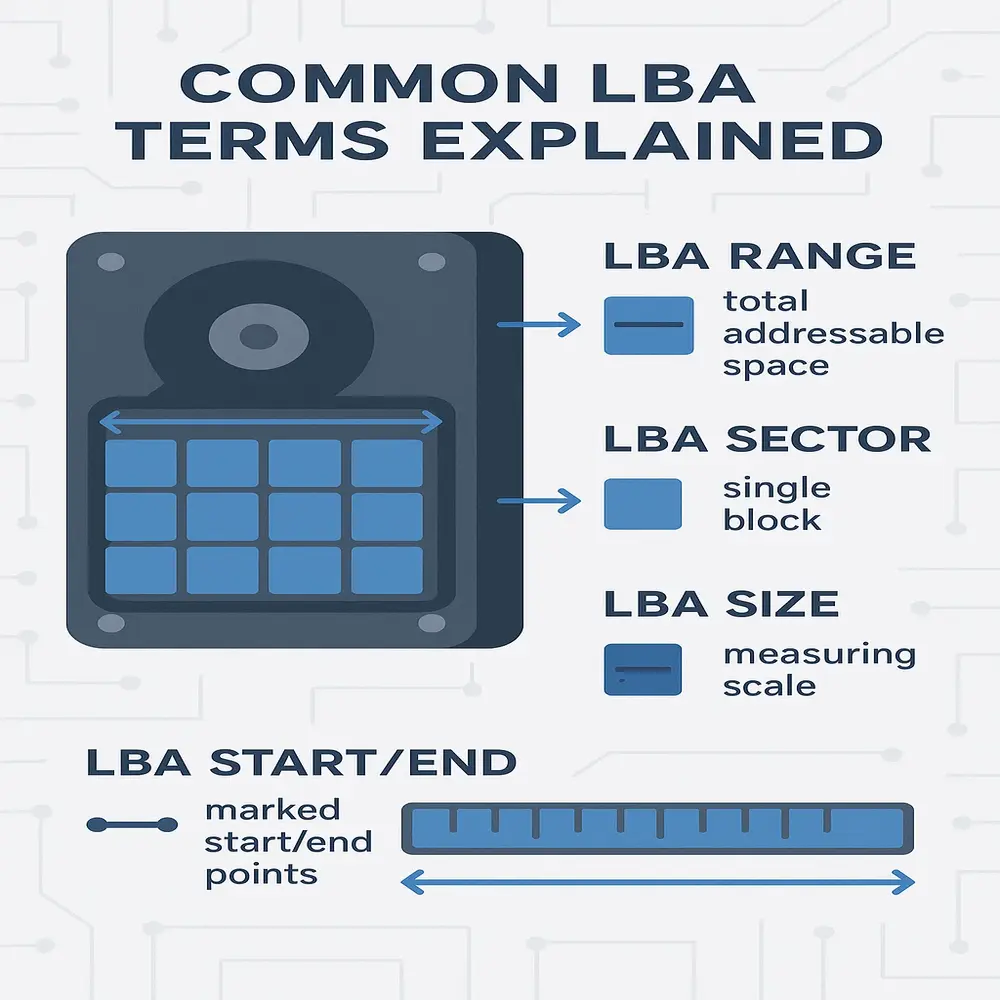
Understanding these terms can help when you’re using tools like disk partition managers or backup software.
LBA vs CHS
| Feature | CHS (Cylinder-Head-Sector) | LBA (Logical Block Addressing) |
| Based on | Physical drive layout | Logical numbering system |
| Max size supported | Very limited | Supports large drives |
| Usage | Outdated | Industry standard |
| Complexity | High | Simple and fast |
When Can LBA Be Important for You?
Even if you’re not a system admin or IT pro, there are times when LBA matters for regular users:
- Installing an Operating System: During setup, partitions are created using LBA.
- Disk Cloning or Imaging: Tools often mention LBA addresses when copying or backing up data.
- Drive Diagnostics: If a drive is failing, Logical Block Addressing errors might appear in reports or logs.
- Partition Tools: Apps like Disk Management (Windows) or GParted (Linux) use LBA to manage drive sections.
Conclusion
Logical Block Addressing (LBA) simplifies how data is stored and accessed, improving speed and reliability across devices. It replaced physical addressing with a universal system, enabling seamless use of modern storage like SSDs and USBs. Every time you open a file or plug in a drive, LBA ensures your data lands exactly where it should.
